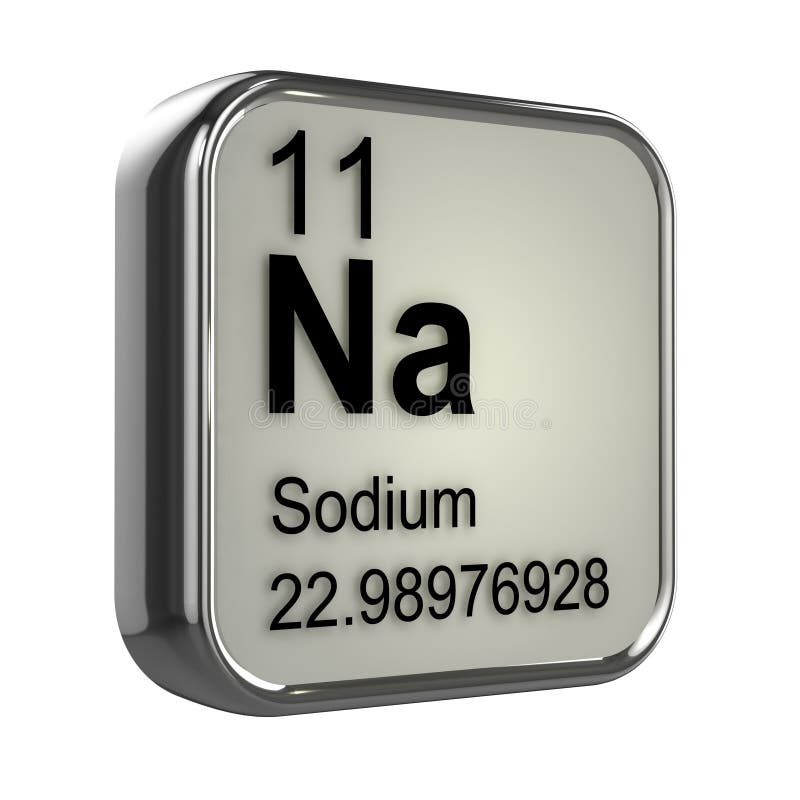
American Elements shall not be held liable for any damage resulting from handling or from contact with the above product. It does not represent any guarantee of the properties of the product. The information in this document is based on the present state of our knowledge and is applicable to the product with regard to appropriate safety precautions. The above information is believed to be correct but does not purport to be all inclusive and shall be used only as a guide. Safety Data Sheet according to Regulation (EC) No. Contact your local waste disposal authority for advice, or pass to a chemical disposalĬLASSIFICATION: Not classified as dangerous according to EC directives EC-No.:231-598-3 No environmental hazard is anticipated provided that the material is handled and disposed of with due care and attention.ĭISPOSAL METHODS: Non hazardous and non-regulated solid waste. TOXICOLOGICAL FINDINGS No evaluation of toxicological data is available. MUTAGENICITY/TERATOGENICITY No evidence of mutagenic effects. STABILITY: Stable under normal conditions of storage or use.ĬARCINOGENICITY No evidence of carcinogenic properties. SOLUBILITY IN WATER: Very soluble (35.7g/100g water at 0☌) PH IN AQUEOUS SOLUTION: No data available PHYSICAL AND CHEMICAL PROPERTIESĪPPEARANCE : Clear transparent crystalline pieces Should be sought before employing on tasks involving exposure to this material.ĮXPOSURE LIMITS OES, not assigned (Long term, 8 hour TWA) For persons with sensitive existing medical conditions, medical advice When handling quantities of this material, be sure to wear appropriate protective equipment as described. Provide adequate general mechanical ventilation, and Respirators must be worn when the threshold limit is exceeded. There is any possibility of chipping or dust creation. Safety goggles or safety glasses with side shields are required if Protective gloves made of polyvinyl alcohol (PVA) are required. Keep well closed and protected from moisture. STORAGE PRECAUTIONS: Store at room temperature (15 to 25☌ recommended). USAGE PRECAUTIONS: No special precautions Any residues should be treated as for small spillages. Sand or earth and both liquids and solids transfered to salvage containers. For large spillages liquids should be contained with Wash site of spillage thoroughly with water and detergent. Mix with sand, transfer carefully toĬontainer and arrange removal by disposal company. UNUSUAL FIRE HAZARDS: May evolve toxic fumes in a fire.ĬONTAMINATION CLEANUP: Wear suitable protective clothing & equipment as listed under Exposure / Personal protection. Obtain medical attention.įLASH POINT: Not Ignitable. INGESTION: Wash out mouth thoroughly with water. INHALATION: Remove from exposure, rest and keep warm. SKIN: Wash off thoroughly with soap and water. GENERAL: Consult a Physician for specific adviceĮYES: Irrigate thoroughly with water, if discomfort persists obtain medical attention. COMPOSITION/INFORMATION ON INGREDIENTSĬOMPONENT NAME CAS No. Not classified as dangerous according to EC directives. Relevant identified uses of the substance: Scientific research and development Product Number: All applicable American Elements product codes, e.g. Thin Film Deposition & Evaporation Materials.Additive Manufacturing & 3D Printing Materials.Some of the most common are: table salt (NaCl), soda ash (Na 2CO 3), baking soda (NaHCO 3), caustic soda (NaOH), Chile saltpeter (NaNO 3) and borax (Na 2B 4O 7♱0H 2O).Įstimated Crustal Abundance: 2.36×10 4 milligrams per kilogramĮstimated Oceanic Abundance: 1.

Sodium vapor is used in streetlights and produces a brilliant yellow light. Liquid sodium has been used as a coolant for nuclear reactors.

Sodium is used in the production of titanium, sodamide, sodium cyanide, sodium peroxide, and sodium hydride.
#NA ELEMENT FREE#
Since sodium can ignite on contact with water, it must be stored in a moisture free environment. Pure sodium was first isolated by Sir Humphry Davy in 1807 through the electrolysis of caustic soda (NaOH). Although sodium is the sixth most abundant element on earth and comprises about 2.6% of the earth's crust, it is a very reactive element and is never found free in nature.


 0 kommentar(er)
0 kommentar(er)
